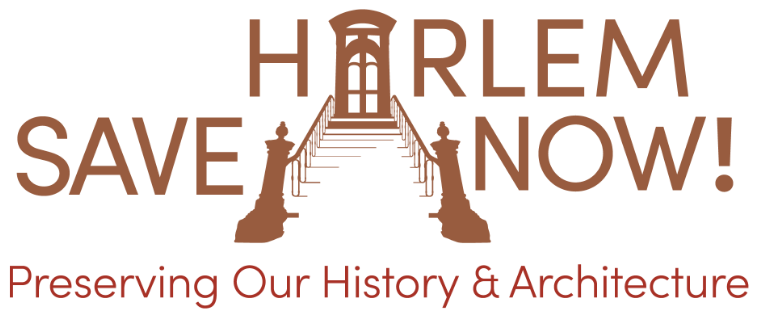Audubon Park Historic District
The Hon. Srinivasan
Chair New York City Landmarks Preservation Commission
Municipal Building
1 Centre Street, 9th Floor, North
New York, NY 10007
Dear Chair Srinivasan,
What, that Christopher Gray, Matthew Spady, and other worthy historians have already related iis there to say of West 158th Street’s superb survival of wonderful 1898 Edwardian town houses? Gray calls them aptly, “A tiny Alamo of a dozen houses…,” and praises the exuberant richness of their ornate articulation.
Fittingly, the most opulent of all was occupied by Reginald Pelham Bolton, the noted local writer, engineer and antiquarian. Bolton, who so scrupulously examined the area’s history in Washington Heights, lived at No. 638; at his death in 1942 the Times said he was often called the historic neighborhood’s “No. 1 citizen...”
It’s fitting again then that the architect for 626-632 and 634-648 West 158th Street, was John P. Leo (1859-1923), among the most prolific and versatile designer-builders of the era in Upper Manhattan.
A New York native, he was the son of Irish immigrants. Well-connected politically, John P. Leo became variously an architect, builder, property carter, farmer, and National Guard officer. Appointed head of the Board of Estimate in 1918, for several years earlier, he had served as an examiner for the Building Trades Board, and later was named vice-chairman of the Committee on Taxation and Legislation.
In 1870, he began his architectural training in the office of George Browne Post. Newly on his own in 1892, while a captain of the company, Leo designed the 22nd Regiment's Armory at Broadway between 66th-67th Streets, Particularly associated with Washington Heights, where he lived several decades at 475 West 143rd Street, Leo Is estimated to have designed and built 260 row houses and apartment buildings here.
Dramatically sited on a San Francisco-like waterfront hillside, picturesquely devised, and arrayed with a profusion of embellishment, these houses are but one chapter in the living architectural and social history primer that is Audubon Park. Not until they too are protected, will we be assured that the full story of this historic enclave will endure to enlighten and delight for all time.
Sincerely,
Michael Henry Adams,
Save Harlem Now!
